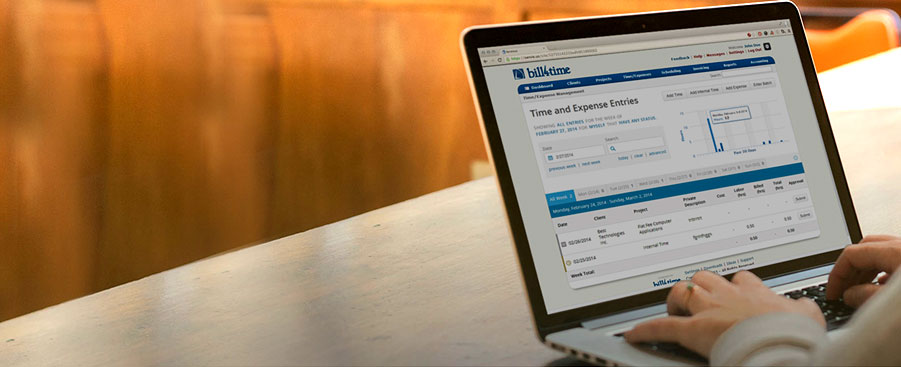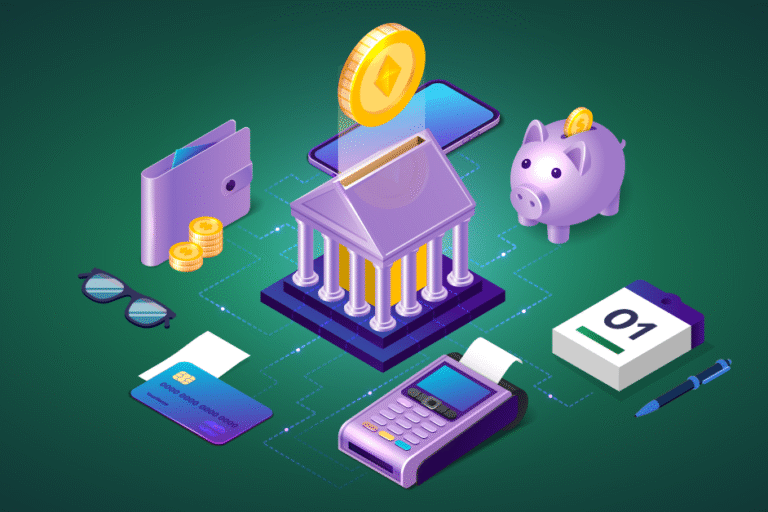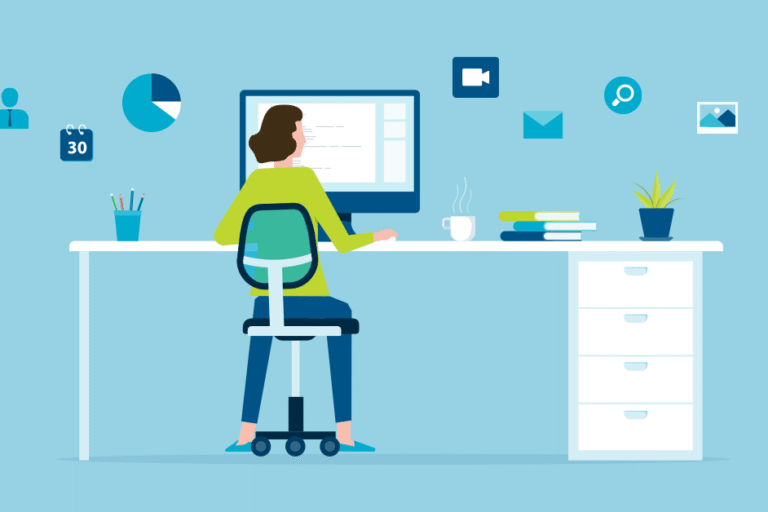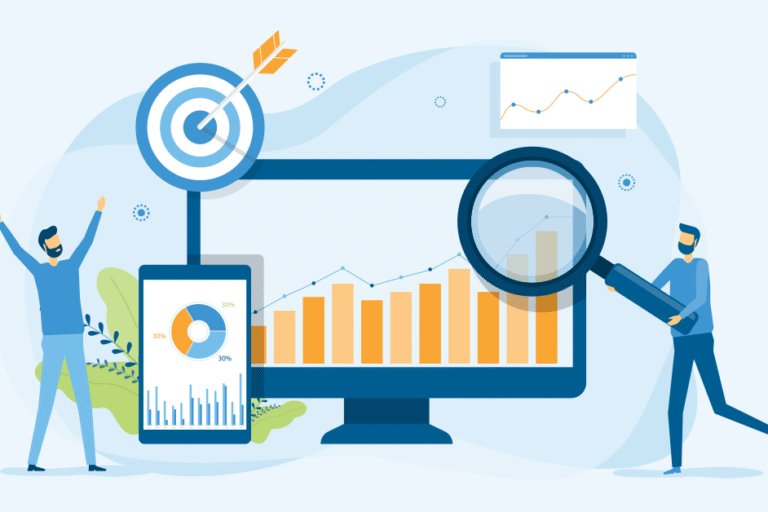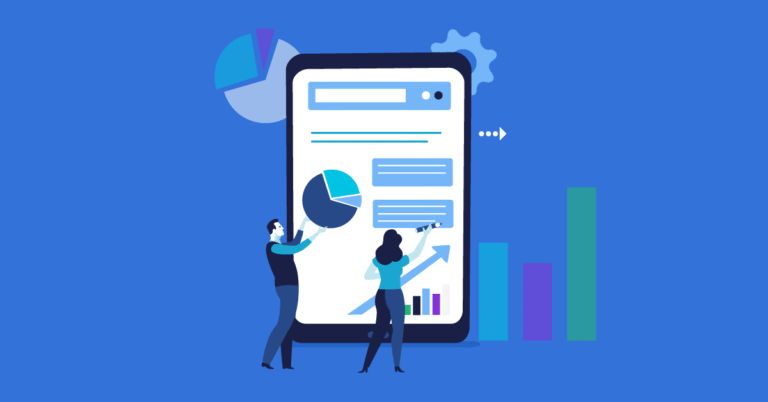
Laptop Life and Working Your Workflow
11/26/2014 By Bill4Time Staff
Time Flies Part Two: A Series About Mobile Billing and Time Tracking
Workflows are a simple concept, but few people – particularly consultants, freelancers and contract professionals – grasp the full meaning. Every process follows steps; every task passes through milestones before reaching completion. You may intuitively know this. Yet if you’ve never studied your process, how can you know if you’re working efficiently?
Maybe your next big project should be yourself. Let’s talk about fine-tuning your workflows with one of the most ubiquitous tools around: laptops.
YOU THOUGHT I WAS GOING TO SAY SMARTPHONES, DIDN’T YOU?
Sure, smartphones jumped out of nowhere to become one of the most common device in Americans’ homes. However, according to Gallup, 64% of Americans use laptops while 62% of us also use smartphones.
Laptops, a sign of luxury among the 1990s business elite, have become America’s cornerstone productivity tool. Why? It’s more than processing speed, portability, screen size and app development.
Laptops create mental space.
With a laptop, you can draw all your resources, digital and physical, into your field of vision. Before you start typing on a brief, a presentation, or whatever, you have to build your nest of resources: emails (printed out or digital), “reference books” such as thesaurus.com or findlaw.com, maybe a picture of a whiteboard full of meeting notes. You may even go multi-monitor. And because you don’t work for free, you’re logged into Bill4time. Then, as you work, your eyes can flit from whatever you’re producing to your references – in a blink.
WORKFLOWING WITH A LAPTOP: THREE TASKS
Selectively use your laptop to improve your workflows. Some tasks do call for your smartphone or tablet. (We’ll cover those later.) For now, here are three tasks where your laptop can accelerate your productivity – and some inherent pitfalls to avoid.
1. Focused Research. This is the step in your workflow when you’re assembling high-quality notes using several resources, either researching case law or researching a client’s brand. With a laptop, you can brute-force your way to the knowledge you need – and pick up any other handy data on the way.
Pitfalls: Staying in when you should go out. Remember, your laptop is portable. Take your focused research efforts to the courthouse, the library or your client’s offices. Just be sure to take your power cord.
2. Analysis & Evaluation. During this workflow step, you’re connecting ideas and data sets for your client. Use double-monitors to multiply your laptop’s display space, and let your brain make the connections.
Pitfalls: Professionals tend to rush this stage, in search of the more productive work. Allow yourself time. Rush through an evaluation at the risk of missing a vital idea or connection.
3. Synthesis. This is your traditionally productive work. After you’ve collected notes and finished your meetings, it’s time to crack your knuckles and make something that didn’t exist before. (Be sure to use cloud storage for what you’ve made!) This is one of the highest orders of cognition according to Bloom’s Taxonomy of Cognitive Levels, and it’s fundamentally different than absorbing or interpreting data, so of course, Facebook and the Wall Street Journal are problems – but so is your email inbox.
Pitfalls: Getting new information via email is a productivity killer at this stage. To get the most out of yourself, don’t downshift out of synthesis. Close Outlook or Gmail, finish synthesizing, and then check email for any necessary revisions.
Combine this processing tool with the impressive tool between your ears, and you’ve got a powerful synergy. That is, if you know how to create an efficient workflow out of it.
